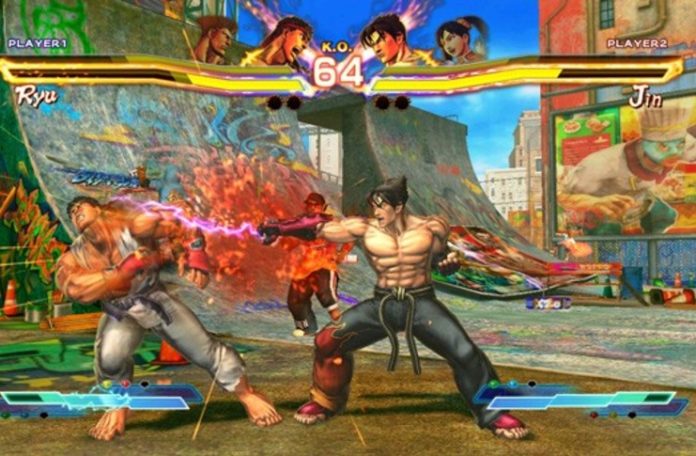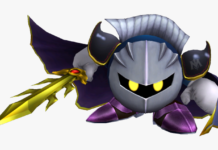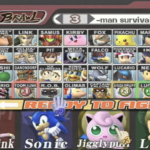In 2012, the crossover fighting game Street Fighter X Tekken was released. Primarily using Street Fighter IV’s engine with some mechanics and ideas taken from the Tekken series, it could’ve been a long term success, with a potential to bridge players from the two communities. With a large cast of characters and the potential for unique team combinations, it could’ve been yet another variation of the Marvel Vs. Capcom formula.
Unfortunately, the game didn’t take off like a fighter of this magnitude should. While early balancing issues and some paywall issues drawing criticism for the game, one decision made by the fighting game community remains one of the more puzzling ones.
Street Fighter X Tekken EVO 2012
Street Fighter X Tekken was released in March 2012, just a few months before the annual EVO tournament. It was announced that the game would be featured in their main lineup; a high honor, considering EVO is the most prestigious fighting game event ever.
Unfortunately, new games at EVO can often be the subject of some…questionable format changes; none more egregious than when items were legal for Super Smash Bros. Brawl at EVO 2008. Unfortunately for Street Fighter X Tekken, the event at 2012 would get an unorthodox ruleset that may have impacted how the game performed.
Street Fighter X Tekken at EVO 2012 was held as a 2v2 tournament rather than a singles event. In theory, this doesn’t sound bad: have two players per team, each controlling a character, and have teammates tag each other in and out of play. Communication would be key and it would add a teamwork element to a traditionally solo field, right?
Unfortunately, it just wasn’t as exciting an event to sell; most players were playing Street Fighter X Tekken being able to control both characters on their team, and delegating half of your team to someone else isn’t appealing unless you constantly practice together. Additionally, the storylines in the FGC are always based around individual players; spectators and fans are invested in the individual players, and the team element would take time for people to grow attached to it; certainly more than a one-off event.
This wasn’t the sole reason that Street Fighter X Tekken didn’t become as hot as anticipated; the game suffered with some gameplay issues (the game wasn’t properly balanced at launch, and there were a lot of issues with timeouts.) But the EVO 2012 format may have contributed to a much sharper decline. It would’ve been a thrill to see what individual top professionals would do with the 2-character lineups, especially with such a massive roster.
A patch in early 2013 fixed a lot of gameplay issues, and EVO 2013 had a singles event for Street Fighter X Tekken which showcased what players could do with the game, but at this point it was too late; after 2014, Street Fighter X Tekken fell from grace and survives through a small dedicated fanbase.
This fanbase continues to play and upload sessions, and it shows how unique and deep the game can be when people invest in it. One has to wonder what could’ve been if the game had been given a better chance to succeed at the start.











